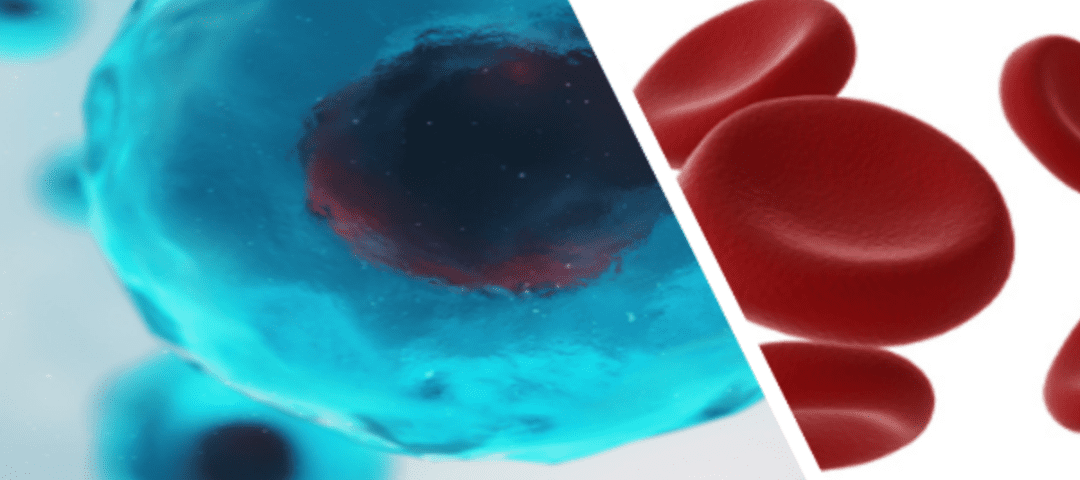Stem cell therapies and platelet-rich plasma (PRP) are regenerative medicine treatments that use the body’s natural healing mechanisms to repair damage and restore function. Unlike traditional medicine, which often works to alleviate symptoms instead of targeting the source of pain or illness, regenerative treatments aim to heal the underlying cause of pain or dysfunction. PRP & stem cells often have overlapping benefits and sometimes are used interchangeably. However, the treatments have some significant differences.
What Is PRP Therapy?
Platelets are cells within the blood that identify damaged areas and bind together to start the healing process. Platelet-rich plasma comes from a sample of the patient’s blood placed in a centrifuge that separates and concentrates the platelets in the plasma.
Once concentrated, the PRP contains three to five times the platelets as a blood sample. Next, a physician administers the PRP into damaged or injured areas to expedite healing.
When you cut your hand, your platelets form a clot to stop the bleeding. The clot releases growth factors into the injured area to trigger the body’s repair response. The growth factors are released in varying intervals, drawing stem cells and new blood vessels to the injury site to promote healing through new blood and oxygen.
What Is Stem Cell Therapy?
Stem cells are found throughout the body, mostly lying dormant until there’s an injury that triggers them to react. Then, they’re the only cells in the body capable of division and differentiation. When stem cells divide, they create more stem cells. However, when stem cells differentiate, they make specialized cells, like blood or brain cells.
Like PRP, stem cells initiate the body’s healing response. But stem cells can also repair and regenerate damaged tissue. For example, stem cells can offer pain relief by restoring diseased or injured tissue with long-term results.
How Do the Treatments Differ?
The critical differences between stem cell therapy and PRP therapy come from how they work and where they’re most effective.
Platelet-Rich Plasma
PRP’s key benefit is the therapy’s ability to initiate and accelerate healing. The platelets’ growth factors can:
- Regulate inflammation
- Trigger the growth of new blood vessels
- Activate the nearby cells’ healing activities
- Protect healthy tissues
Since PRP mainly offers healing benefits, this therapy is often preferred to promote healing from musculoskeletal injuries.
Stem Cell Therapy
Stem cells go beyond repairing tissue and can also regenerate damaged cells. Since stem cells can serve all the functions of PRP and convert to any tissue the body needs, they can treat musculoskeletal injuries and degenerative conditions, such as arthritis.
Stem cell therapies have the capability to replace and repair tissues to remedy the source of pain or damage, making them a potentially more comprehensive and effective option that may be suitable for treating a broader range of conditions. To learn more about PRP & Stem Cells contact us today at Stemedix!


 St. Petersburg, Florida
St. Petersburg, Florida
